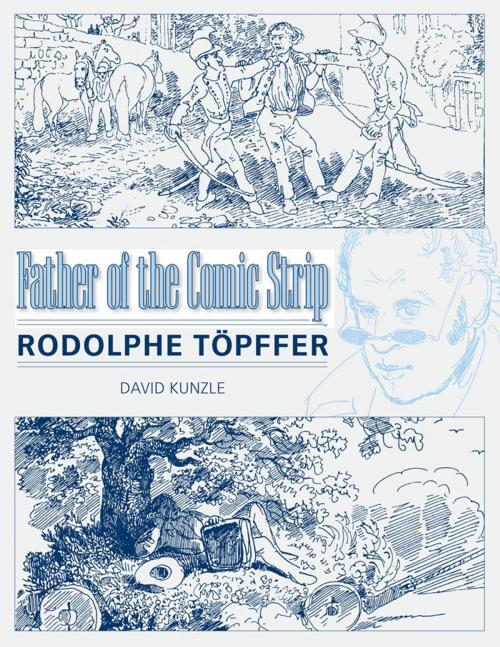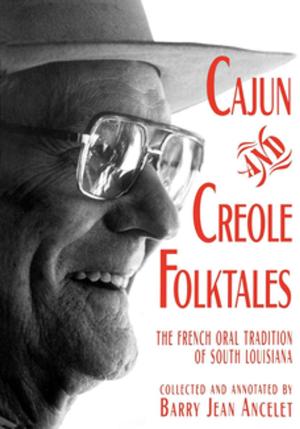| Author: | David Kunzle | ISBN: | 9781604739985 |
| Publisher: | University Press of Mississippi | Publication: | March 19, 2007 |
| Imprint: | University Press of Mississippi | Language: | English |
| Author: | David Kunzle |
| ISBN: | 9781604739985 |
| Publisher: | University Press of Mississippi |
| Publication: | March 19, 2007 |
| Imprint: | University Press of Mississippi |
| Language: | English |
Sixty years before the comics entered the American newspaper press, Rodolphe Töpffer of Geneva (1799-1846), schoolmaster, university professor, polemical journalist, art critic, landscape draftsman, and writer of fiction, travel tales, and social criticism, invented a new art form: the comic strip, or "picture story," that is now the graphic novel. At first he resisted publishing what he called his "little follies." When he did, they became instantly popular, plagiarized, and imitated throughout Europe and the United States.
Töpffer developed a graphic style suited to his poor eyesight: the doodle, which he systematized and also theorized. The drawings, with their "modernist" spontaneous, flickering, broken lines, forming figures in mad hyperactivity, run above deft, ironic captions and propel narratives of surreal absurdity. The artist's maniacal protagonists mix social satire with myth. By the mid-nineteenth century, Messrs. Jabot, Festus, Cryptogame, and other members of the crazy family, comprising eight picture stories in all, were instant folk heroes. In a biographical framework, Kunzle situates the comic strips in the Genevan and European culture of the time as well as in relation to Töpffer's other work, notably his hilarious travel tales, and recounts their curious genesis (with an initial imprimatur from Goethe, no less) and their controversial success.
Kunzle's study, the first in English on the writer-artist, accompanies Rodolphe Töpffer: The Complete Comic Strips, a facsimile edition of the strips themselves, with the first-ever translation of these into English.
David Kunzle is a professor of art history at the University of California, Los Angeles, and the author of many books on popular culture and graphic arts, including History of the Comic Strip: The Nineteenth Century.
Sixty years before the comics entered the American newspaper press, Rodolphe Töpffer of Geneva (1799-1846), schoolmaster, university professor, polemical journalist, art critic, landscape draftsman, and writer of fiction, travel tales, and social criticism, invented a new art form: the comic strip, or "picture story," that is now the graphic novel. At first he resisted publishing what he called his "little follies." When he did, they became instantly popular, plagiarized, and imitated throughout Europe and the United States.
Töpffer developed a graphic style suited to his poor eyesight: the doodle, which he systematized and also theorized. The drawings, with their "modernist" spontaneous, flickering, broken lines, forming figures in mad hyperactivity, run above deft, ironic captions and propel narratives of surreal absurdity. The artist's maniacal protagonists mix social satire with myth. By the mid-nineteenth century, Messrs. Jabot, Festus, Cryptogame, and other members of the crazy family, comprising eight picture stories in all, were instant folk heroes. In a biographical framework, Kunzle situates the comic strips in the Genevan and European culture of the time as well as in relation to Töpffer's other work, notably his hilarious travel tales, and recounts their curious genesis (with an initial imprimatur from Goethe, no less) and their controversial success.
Kunzle's study, the first in English on the writer-artist, accompanies Rodolphe Töpffer: The Complete Comic Strips, a facsimile edition of the strips themselves, with the first-ever translation of these into English.
David Kunzle is a professor of art history at the University of California, Los Angeles, and the author of many books on popular culture and graphic arts, including History of the Comic Strip: The Nineteenth Century.















